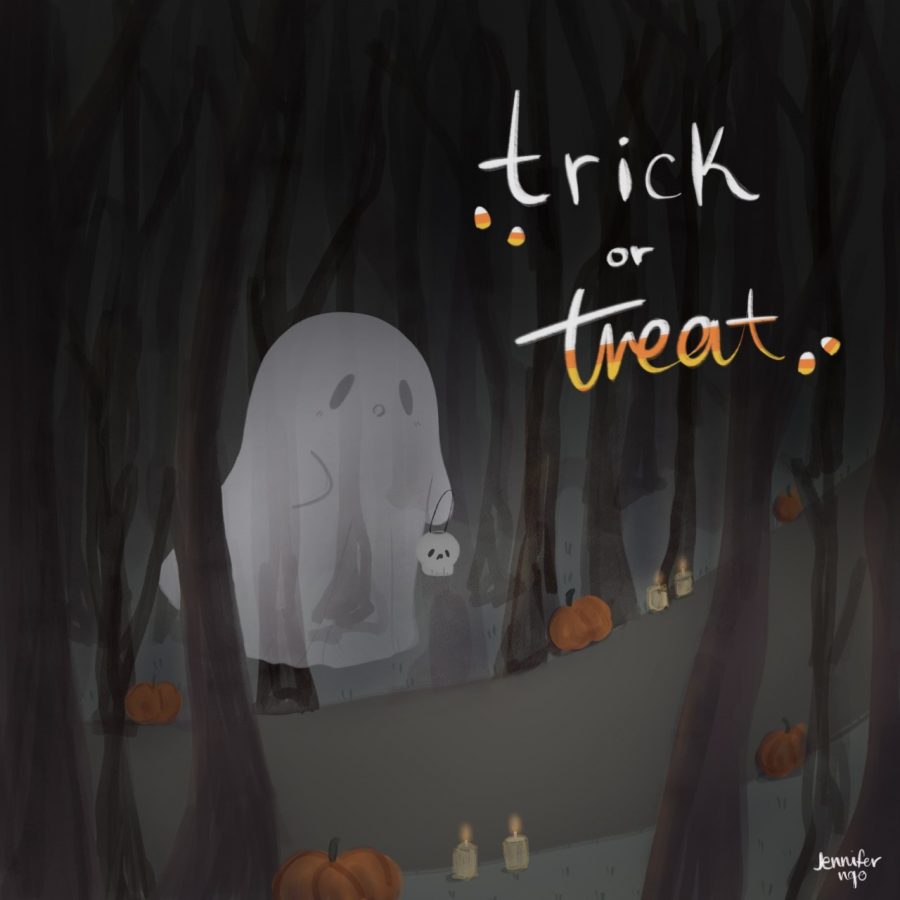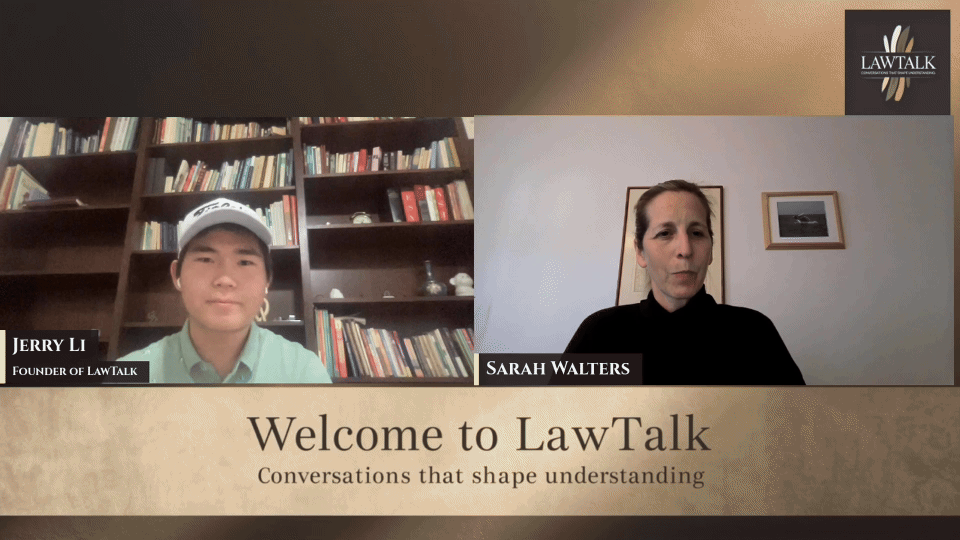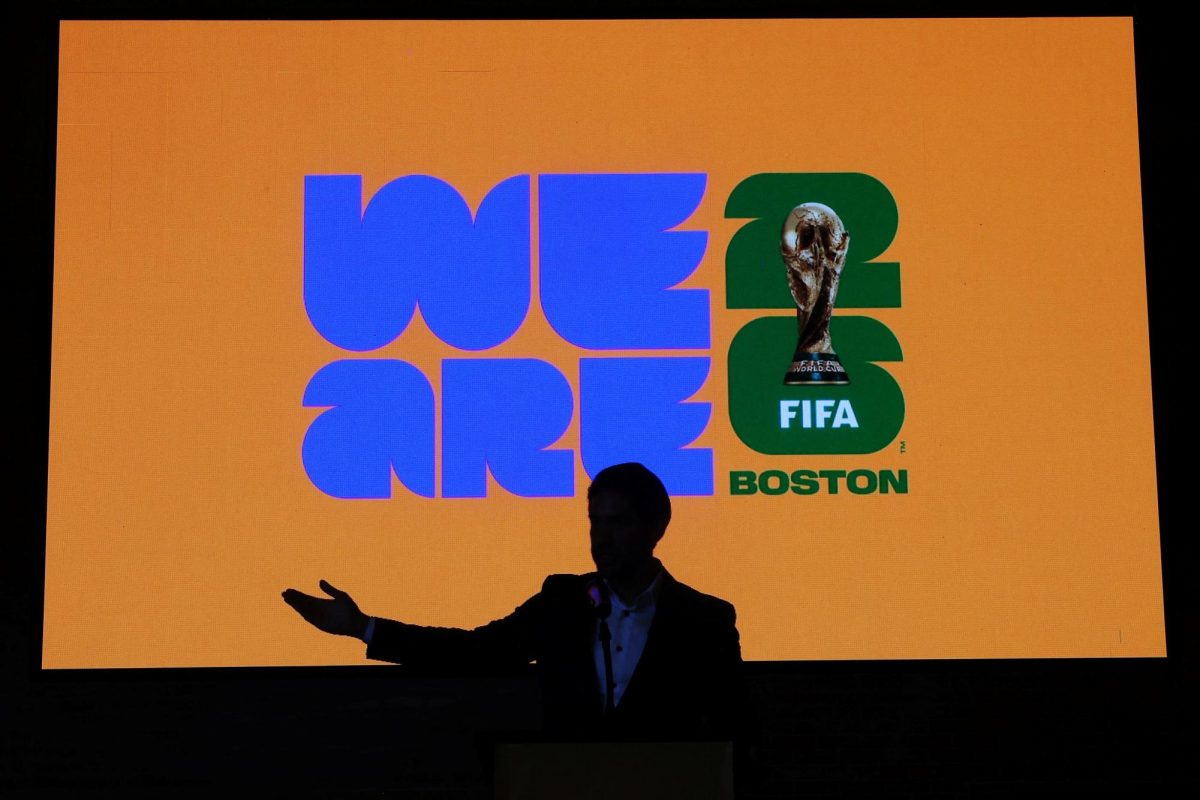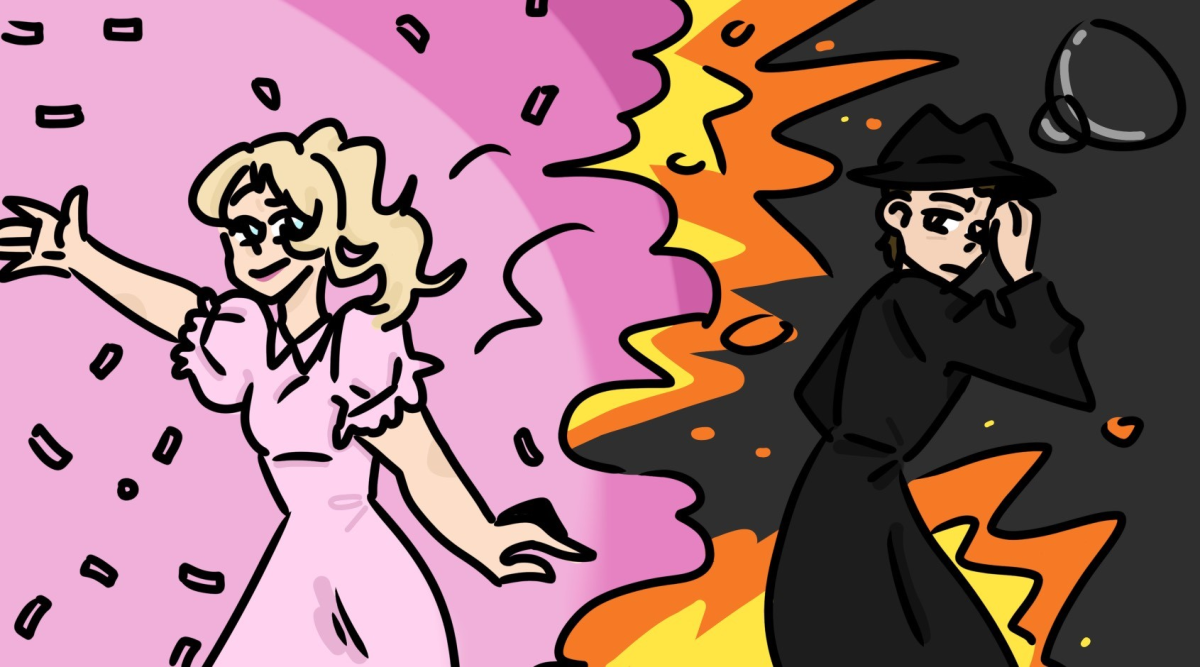“Barbenheimer,” the unexpected cultural sensation of the summer, emerged from the simultaneous theatrical release of two films: “Barbie” and “Oppenheimer.”
The phenomenon began on a specific date, July 21, when both movies hit the screens that critics have called a “perfect storm.”
Martin Scorsese, the esteemed filmmaker, lauded this event as “something special,” stating that the concurrent release of these two diverse films offered “hope for a different cinema to emerge.”
“Barbie” quickly raked in a staggering $1.428 billion at the box office. Directed by the talented Greta Gerwig, the film boasts a stellar lineup with stars such as Margot Robbie, Ryan Gosling, Michael Cera, Will Ferrell, Simu Liu, among other big names.
“Barbie,” starring Margot Robbie in the titular role, delves into the vibrant “Barbieland.” However, when Barbie begins to ponder her own mortality, she seeks advice from Weird Barbie, portrayed by Kate McKinnon. Guided by her counsel, Barbie, accompanied by Ken (Ryan Gosling), ventures into the “Real World” on a journey of self-discovery and to find her deeper purpose.
“Barbie” isn’t a feminist film that paints a picture of “girls as inherently good” and “boys as inherently bad.” Instead, while it critiques the patriarchal structure, the movie radiates compassion and empathy for both its male and female characters. It doesn’t resort to male-bashing; rather, it champions the idea that societal expectations don’t have to dictate one’s path or choices.
Ken departs from Barbieland, a realm where men are relegated to secondary roles, and discovers a world where they’re at the helm. Armed with this new perspective, he returns and instigates a complete transformation of Barbieland. Ken’s narrative isn’t an indictment on men, but rather an exploration of the awakening many undergo as they recognize the weight of living in a male-centric society.
As young men mature and become more attuned to societal nuances, they often shift from naivety to grappling with the pressure to fit into predefined molds. Society’s benchmarks compel them to believe that they are bound by certain roles. By the film’s conclusion, Gosling’s portrayal of Ken illuminates a revelation: conforming isn’t a mandate. Inspired by this epiphany, he persuades the other Kens to restore Barbieland to its original state.
From the meticulous set production and cinematography to the well-executed plot and character development, this film is truly exceptional.
In contrast, Oppenheimer, directed by Christopher Nolan, stands out as the most thunderous movie I’ve ever encountered. The narrative chronicles J. Robert Oppenheimer, portrayed by Cillian Murphy, and his pivotal role in the Manhattan Project.
A standout aspect was Nolan’s decision to use a split color palette to accentuate the differences between Strauss’ and Oppenheimer’s perspectives. The scenes in black and white offered insights into Strauss’ viewpoint, while the scenes in vibrant color brought us into Oppenheimer’s world.
The final scene was absolutely haunting. Strauss, upon overhearing a discussion between Einstein and Oppenheimer, mistakenly presumes it’s about him. But the true subject is their prior worries about the nuclear bomb possibly initiating a cataclysmic chain reaction. When Einstein revisits that conversation, asking about its outcome, Oppenheimer chillingly replies with the movie’s final line: “I believe we just did.”
What follows is a montage, a stark reminder of how the nuclear bomb’s inception has edged humanity dangerously close to mutually assured destruction, making the likelihood of global catastrophe feel almost inescapable.
Barbie and Oppenheimer both challenge conventions and leave a lasting impact on the audience. Barbie encourages viewers to break free from social constraints, while Oppenheimer reminds us of the grave consequences of the discovery of the atomic bomb. The cultural sensation of the summer demonstrates the power of cinema and how it is able to provoke thoughts and evoke emotions.

























































